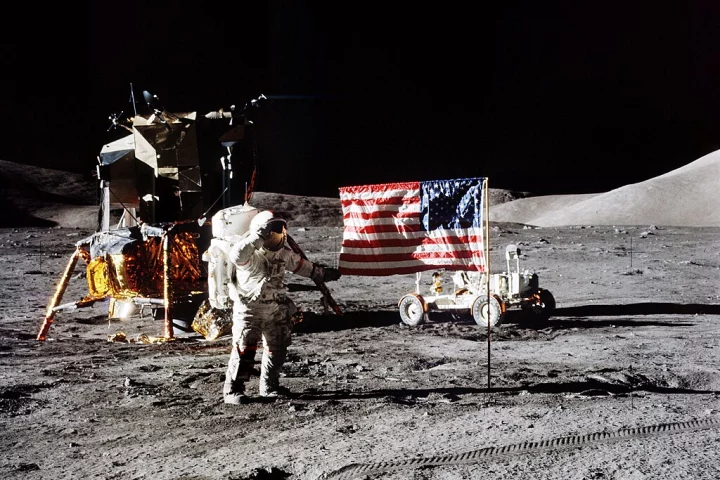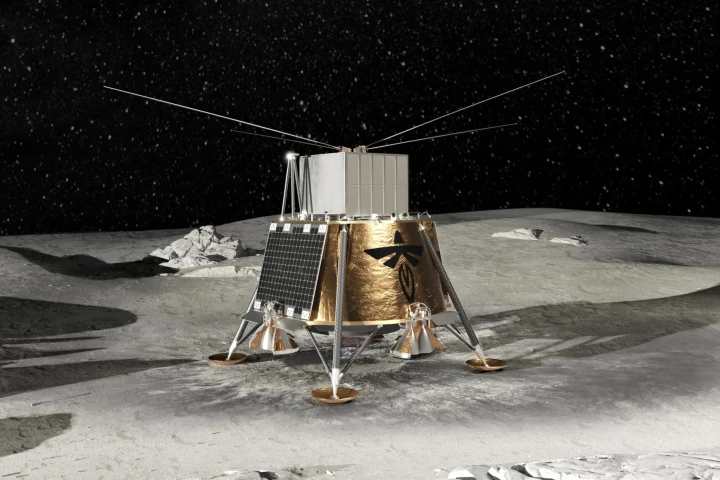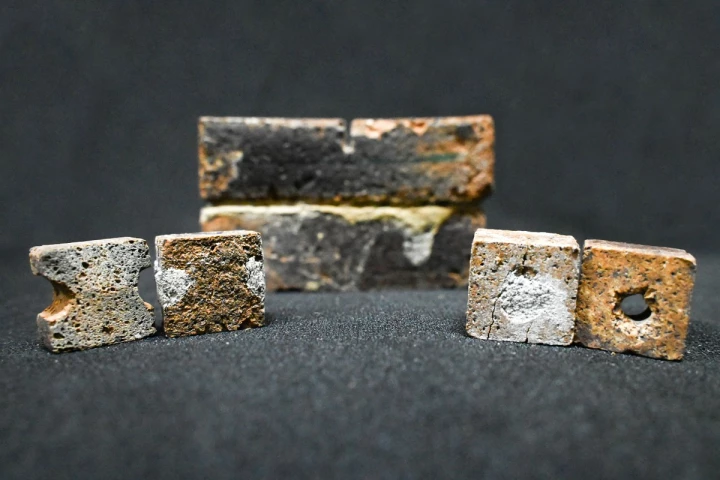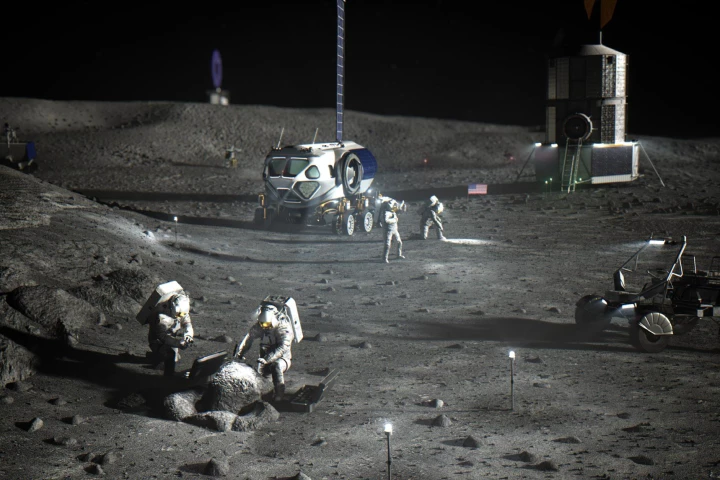Moon
-
One of the big challenges in building a space rover is ensuring it doesn't break down out there. Aerospace engineers have designed a flexible wheel for rovers that doesn't require an air-filled tube, can change its size, and can take a real beating.
-
With its metaphorical feet held over the allegorical fire by NASA, SpaceX has released a new, simplified plan to build a lander to put US astronauts back on the Moon now that the competition for the spacecraft has been reopened due to delays.
-
We're used to rovers exploring the Moon or Mars to have legs and wheels for moving around, but a team at Texas A&M led by Robert Ambrose wants to go more geometrical with a new mobile robot shaped like a ball for literally rolling about rough terrain.
-
As if hard vacuum, intense cosmic radiation, corrosive dust, meteors, and temperatures whiplashing hundreds of degrees between night and day weren't enough, personnel at future Moon bases will be at significant peril from moonquakes.
-
Radio astronomers like a bit of peace and quiet, so they're sending an historic first radio telescope to the Moon. To block out Earthside radio signals, the Lunar Surface Electromagnetics Experiment (LuSEE-Night) will set up shop on the far side of the Moon.
-
A US startup is looking to our closest satellite to fill a resources gap here on Earth. Interlune and partner Vermeer have revealed a full-scale excavator prototype that forms a key component of its lunar resource Harvester.
-
SAGA Space Architects has used a shipping container to create a tiny shelter with an out-of-this-world focus. Named FLEXHab, its compact interior sleeps up to four people and functions as a simulated lunar habitat.
-
The release of NASA's latest budget reveals the Orion spacecraft and Lunar Gateway space station are getting the chop. The US$18.8-billion total figure decreases spending by $6 billion, or 24%, as the space agency increases funding for crewed Moon and Mars missions.
-
We're going to be on the Moon more often soon, and we'll need places to rest and work there. Building habitats and maintaining them will be tough, but bacteria could come to the rescue by helping repair cracked bricks made from lunar soil.
-
NASA has successfully tested an electric force field on the Moon that protects spacecraft from destructive lunar dust. The Electrodynamic Dust Shield (EDS) was carried aboard Firefly Aerospace’s Blue Ghost Mission 1, whose mission ended on March 16.
-
2024 has been a year in space that has seen successes, failures, a clutch of firsts, and some goodbyes – not to mention a long-distance probe rescue, spacesuits on the catwalk, and a couple of cosmic oddities. Let's have a look back.
-
The Artemis II and III missions slated to return US astronauts to the Moon have been set back. At a press conference, NASA officials said that problems with the heat shield and life support systems would delay the launches until 2026 and 2027.
Load More











